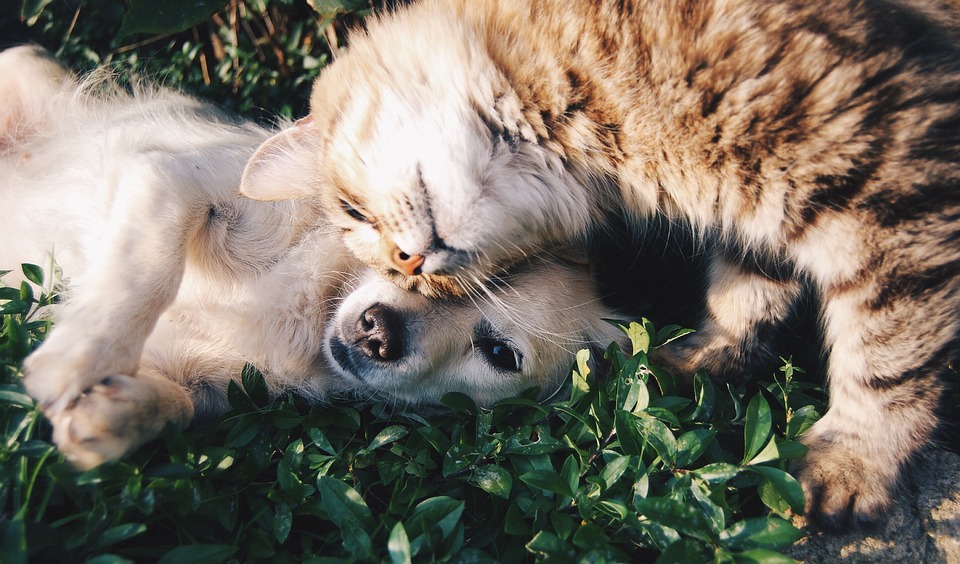
Welcoming a pet at home is an exciting time for every family members. Owning a pet brings immense joy to a home. However, animals require special care that is why you need to make sure that your home is safe for them. Pets can come across many dangers around the house that is why before welcoming a pet, it is vital to think about pet-proofing your home.
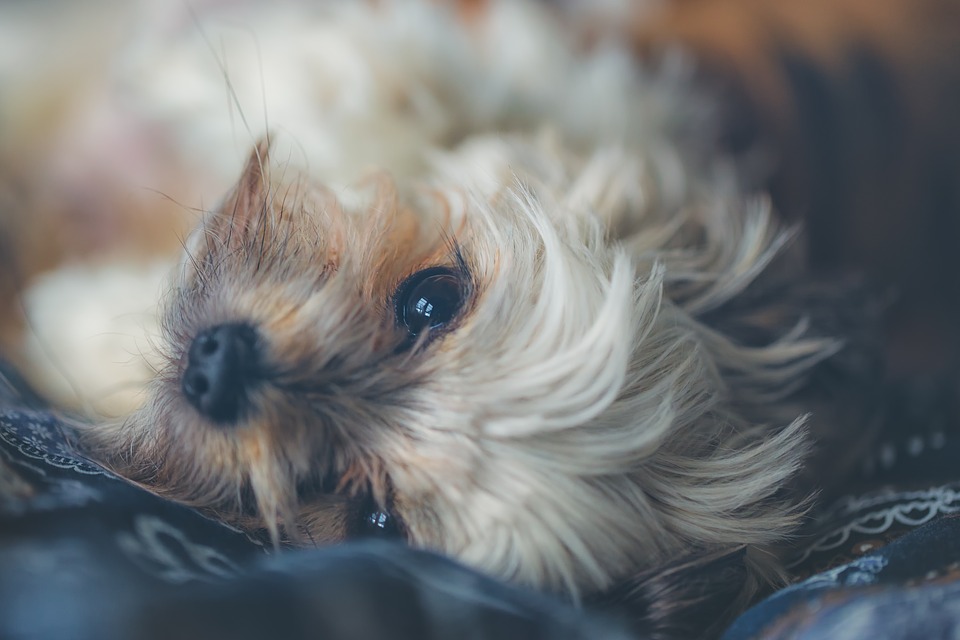
How to leave your pet alone safely
When your pet is new to an environment, it is preferable to not let them alone as they get upset and anxious. Following which they can act wild and cause destruction around the house. However, there are a lot of ways whereby you can make your pet feel safe at home. In order to avoid that they run away in the yard or get injured, the best solution is to leave them indoors.
Find them a comfortable crate and let them in there. Once a pet is crate trained, they cause less nuisance and find a way to entertain themselves within the crate area. A crated pet cannot injure itself or damage the home. Another option is to keep the pet in your room. This solution helps them to move freely while keeping them away from the rest of the house.
No matter which option you go for, always make sure that the pet has access to food, water, and its favorite toy.
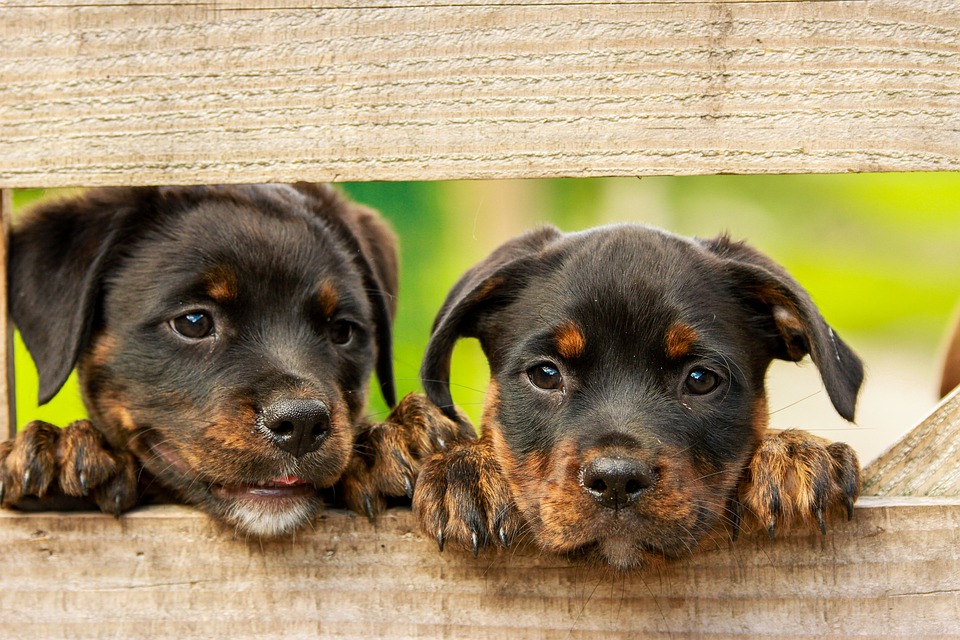
Install pet doors and block all escape routes
Pet doors are ideal for people who do not want to wake up by their pets in the morning as the latter wants to go out. While installing a pet door, the pet is free to go outdoors when they want to. However, make sure that you do not place food near the opening as it will attract unwanted animals into your house. The second thing that you need to consider is to secure your backyard else your pet might wander away. Your gates should be high enough to prevent your pets to jump out. If you are a dog owner, watch for areas where your dog can easily dig its way out.
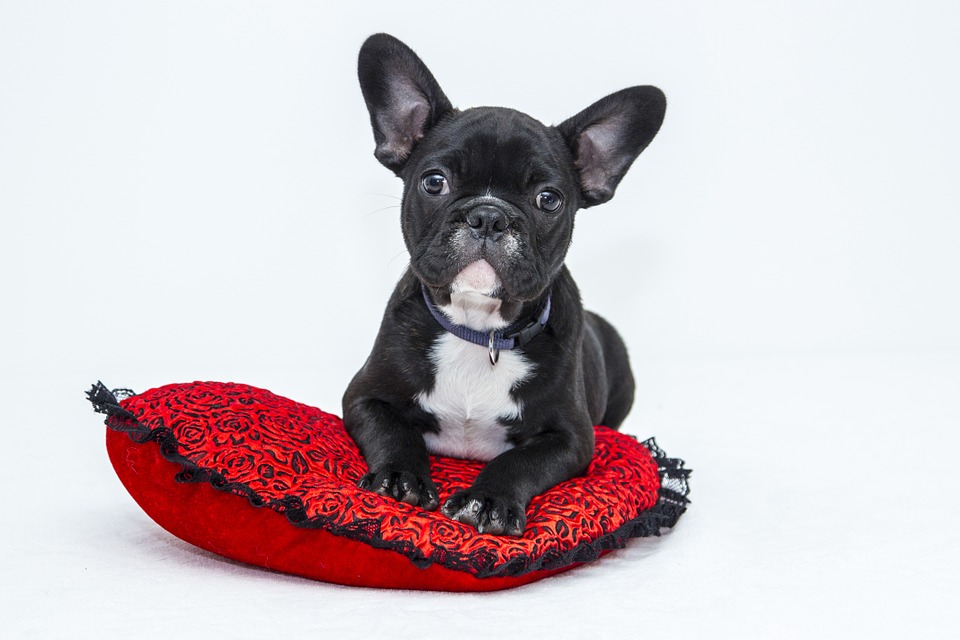
Create a pet-friendly zone
Pet-friendly zones can be indoor or outdoor. It is supposed to be a space which is specifically for pets. This zone will prevent the pet from roaming around the rest of the house. It should be a place where the pet can sleep, move around or play without causing harm to furniture or meeting with other accidents. Make sure that you keep the pet’s favorite toys there and a pillow which the dog can use as bedding.
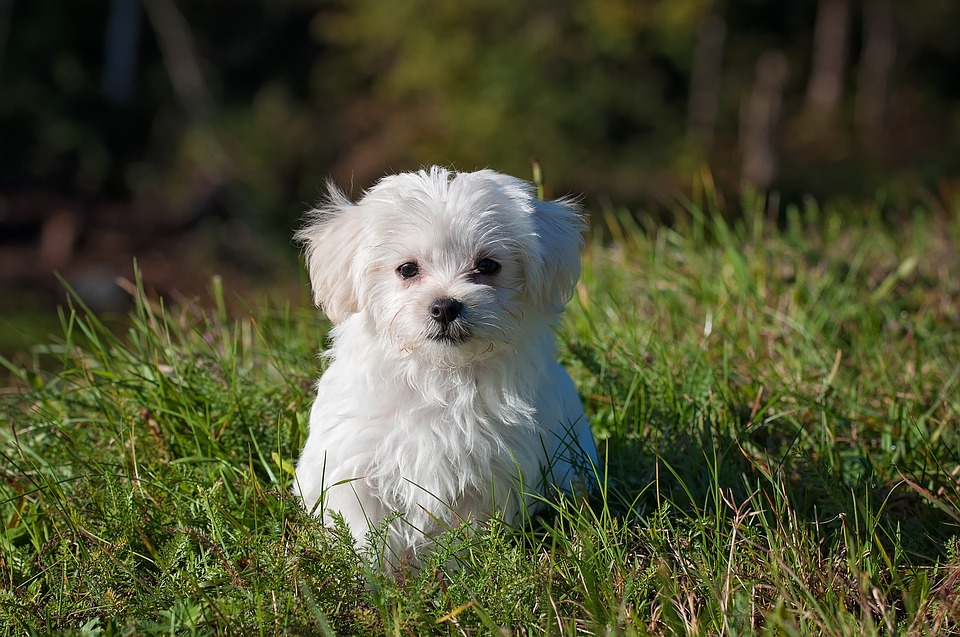
Store medicines and household toxins away from the pet
Pets are very curious beings that is why you should keep medicines and household chemicals away from them. If pets consume any one them, it can kill them. Always make sure that you keep those toxins in a place where your pet cannot access them. Store all your household toxins in the bathroom and keep your medicines in a medicine cabinet which can be childproof. Keep your bathroom doors closed every time.
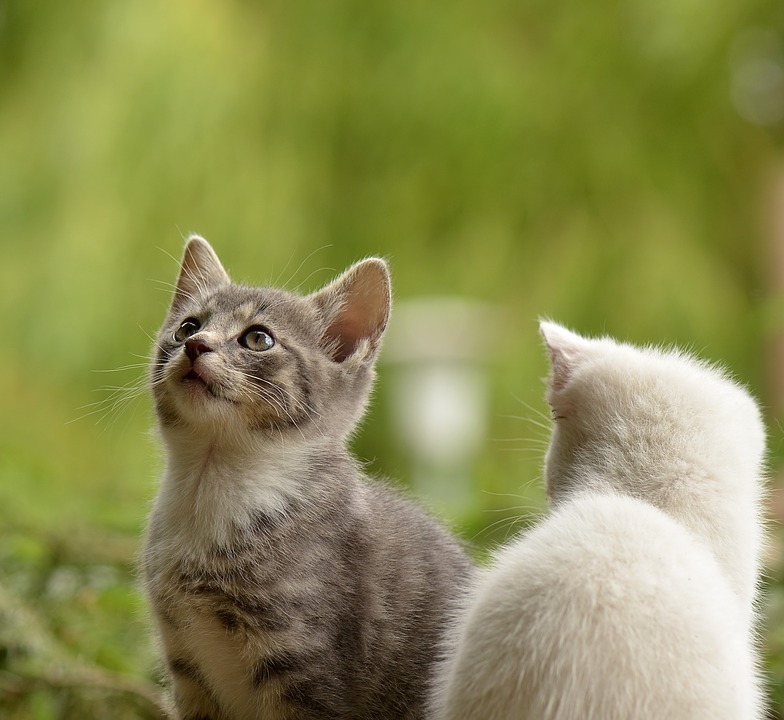
Keep sharp objects out of reach of pets
Never ever leave any drawer open especially if it is easily accessible to your pet. Place any object that can injure your pet in a place which is hard for your pet to access. As they can reach anything with their paw or nose. So make sure that it is not within the reach of their paw or nose. Among those items, you should also include wires which can strangle your pet or electrocute them. Small items can also prove to be dangerous as your pet can chew or swallow them and choke to death.
Ensure that you don’t leave candles or anything with a flame as the pet can stumble upon it and catch fire or put your whole house on fire. Chocking hazards such as buttons, small toys, batteries, and screws should not wander on the floor. Put your dustbin out of reach of your pet as it can go through the stuff in your trash and find a chicken bone, chew on it and choke.

Be aware of the food you feed your pet
Fruit seeds can be fatal for your pet as well especially for your dog. Grapes and raisins can cause kidney failure, caffeine and chocolates are also toxic for your pet. Sugar-free food and gums can cause liver failure. Nutmeg can cause tremors and seizures in your pet. You can consult ASPCA’s list of foods that you don’t have to give to your pet. Even before planting plants, consult ASPCA’s database as some plants such as lilies, amaryllis, mums, aloe vera can be toxic for your pet. If your pet stays indoors most of the time, better avoid having indoor plants.
